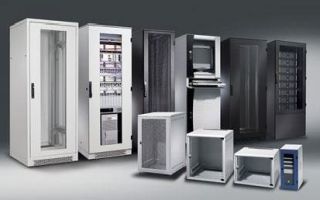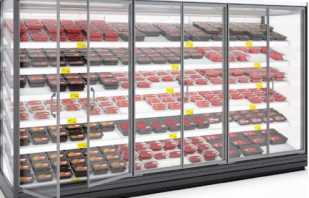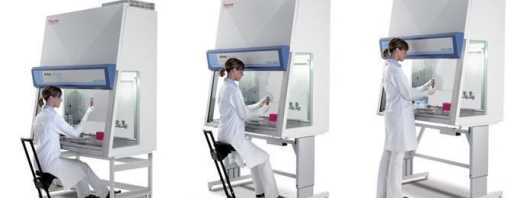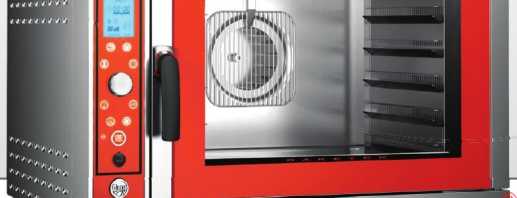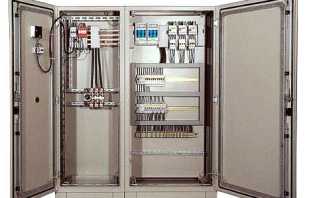The purpose of server cabinets, an overview of models, their pros and cons
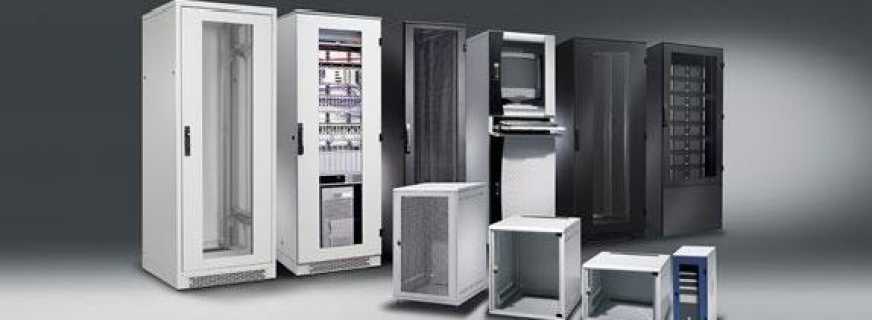
The orderly placement of telecommunication equipment at enterprises and in companies is effectively organized using special furniture designs. A separate category of furniture is a server cabinet designed to accommodate active and passive equipment - switches, UPSs, patch panels, hubs, and other devices.
Content
Appointment
Server cabinets and telecommunication racks differ in size, device, purpose. The design of the product depends on specific tasks, the parameters of the network equipment located in the interior of the cabinet. A telecommunication rack is an open type design, and a server cabinet is a closed product that has all the features of a cabinet in the classical sense. In many data centers there is no clear positioning in the cabinet or rack category, so it is important to understand which product is best suited for filling with servers. Purpose of the server cabinet:
- compact arrangement of telecommunication, server, electrical and distribution equipment;
- providing convenient access to servicing devices located in the cabinet;
- compliance with the optimal temperature during equipment operation, air conditioning, cooling systems;
- protection of high-tech devices from unauthorized access, pollution, dusting of elements.
When placing server equipment on shelves and rails, it is possible to achieve optimal use of the free space of server rooms of companies, enterprises, data centers for data processing with network hosting. There is a distinction between a telecommunication, server, and wiring closet. Any instance designed to build a reliable LAN (local area network) of various sizes is telecommunication. In wiring closets (usually prefabricated type) they organize cable isolation - installation of cable assemblies, fiber optic systems, crossovers, splitters, that is, passive equipment. The server cabinet is used to connect routers, patch panels, switches, routers, communication stations, active equipment.
Main characteristics
Outdoor server cabinet is made according to clearly established standard sizes, observing the installation distance between the fragments of special furniture. Standards and GOSTs have been developed for the production of products so that manufacturers of switching, network, telecommunication equipment can take into account the characteristics of special furniture in the manufacture of high-tech products. Server cabinets and racks must meet several requirements:
- ventilated front and rear doors with free air intake for cooling equipment;
- ensuring unhindered blowing of heated air beyond the limits of the structure;
- compliance of the static load with the established standards, optimal load capacity;
- strict adherence to the distance between the rails and the frame for the proper installation of servers;
- spacious cable entries, the presence of a socket group, grounding of elements in a single circuit;
- the presence of active and passive ventilation with constant cooling of the internal filling;
- Adjustable supports for placing the server structure in a horizontal plane during assembly.
The server cabinet floor features include model dimensional parameters and load capacity. The distance between the mounting holes must correspond to the set value. Measured in units, 1 unit is 1.75 inches or 1 U = 44.45 mm. Several units form the height of the product. The most common are server cabinets and racks in 22, 24, 33, 42, 45, 47 units. The width of the structures is 600, 800, 1000 mm, and the depth is 800, 1000, 1200 mm.
The load-carrying capacity of the server design determines how much equipment can be placed in the cabinet. Budget server model has a small load capacity, withstands about 450 kg. To accommodate heavy equipment, products with a carrying capacity of 500-1000 kg are chosen - a server floor cabinet. For the equipment of large equipment rooms, models with a loading capacity of 1000-1500 kg are used, in which any type of equipment is placed.
Device
Server cabinets and racks are completed taking into account the functionality of the models and the use of furniture designs to solve certain problems. In the basic configuration, the models are equipped with legs, with which you can adjust the gap between the bottom plate and the floor. An alternative is to install the server floor cabinet on a hard base. This solution allows you to organize the supply of cables from below, reduce dust from entering the lower compartment of the structure, and improve the aesthetic appeal of the model. Cabinets include:
- rigid frame (frame) with horizontal guides;
- shelves for installation of switching and network equipment;
- adjustable legs for cabinets, supports or leveling base;
- cable entries with removable plugs;
- outlet blocks of horizontal or vertical design;
- grounding bus with connection of all removable elements;
- seats for the cooling system, fan blocks.
Telecommunication server cabinets and racks are enclosed and open structures. Furniture is completed with lockable doors. There are sectional models designed for a 19-inch construct, equipped with several doors with individual locks for convenient maintenance, located in the server cabinet of the equipment.
Varieties
To ensure the most efficient placement of network active and passive equipment, manufacturers of telecommunications products produce models that differ in size, design, purpose. By design features, they are classified into three types:
- all-welded - rigid non-separable models with high load capacity. They can accommodate any server equipment, have significant dimensions and weight, and transportation difficulties;
- collapsible frame - telecommunication racks with a stable two-frame frame, which takes up the main load. Differ in simplicity of installation and small specific gravity;
- rack structures - consist of four vertical guides connected by screw fasteners to the roof and floor. They have reduced load capacity and rigidity.
Furniture designs for servers are divided into floor and wall.A wall-mounted instance is a model with a depth dimension of not more than 600 mm. Otherwise, the design will not support the weight of the equipment being placed. The wall-mounted version is suitable for installing routers, hubs, switches. Models are assembled on the wall with a hard mount using anchor bolts.
For convenient installation, it is recommended to pre-install the mounting plate, and hang a wall cabinet on it.
The second variety is floor constructions that use considerable installation height. Outdoor models install heavy servers and network stuffing from uninterruptible power supply units, servers, communication systems. Almost any set of equipment can be placed in a 19-inch server-type server cabinet.
Materials of manufacture
Network equipment is an integral attribute of a complete set of computer centers. For compact placement of high-tech devices, providing access to them, server cabinets and racks are used. In order for the product to have sufficient load capacity, sheets of galvanized steel or metal treated with an anti-corrosion powder coating are used for the manufacture of special furniture products.
Since computer equipment generates a lot of heat, the walls of the furniture are made with perforations for the free exit of heated air, as well as to provide a functional cooling system without condensate assembly in the interior. Open telecommunication racks are made of metal frames and are classified into single-frame, two-frame, server models.
Wall and floor server models with an unauthorized access restriction system are metal products from a frame frame, a roof and a base with reinforced side walls, seats for a fan module, and doors with locking mechanisms. The metal thickness of the main structural elements must be at least 1.5-2 mm. Intersectional guides are made of durable channel. Doors are made of all-metal, glass shockproof, perforated. The floor model can be made with two doors to provide more comfortable access to network equipment, with removable side panels. Mandatory on the vertical rails perform mounting holes in increments of one unit.
Assembling a server cabinet of a collapsible type is standardly carried out using plastic latches and point locks. Do-it-yourself fan module is installed by removing the plugs and fixing the cooling system with screws. If the model is not separable, it is enough to transport the product to the installation site and clearly set it in planes, adjusting the base or legs. Depending on the equipment of the manufacturer’s factory, the model is equipped with a grounding bus, a socket group (4-36 pieces), and an air conditioning module.
Accommodation options
A server cabinet with air conditioning can act as an independent product or be a functional unit of the complex equipment of hardware rooms. It is advisable to organize server rooms at enterprises whose activities are closely related to computing processes, video surveillance systems, and network services. For the purposes of the average company, one server cabinet or an open rack system is sufficient. Requirements for the placement of telecommunications products:
- it is allowed to equip a separate room exclusively in a room with blank walls without windows;
- It is recommended to place telecommunication products in rooms with a stable temperature of +18 - + 24 ° C;
- a prerequisite for the hardware - air conditioners with one hundred percent redundancy, that is, at least two independent devices;
- the number of cabinets and racks is determined by the area of the room, sizes, installation features (wall, floor);
- closed models are additionally equipped with a cooling system, a heated air exhaust module;
- Installation is carried out in compliance with free access to network equipment. It is allowed to place combined horizontal, vertical rows if access to the rear parts of the system is not required.
When placing a telecommunications cabinet outside the server room, it is necessary to provide reliable protection against unauthorized access, fulfill the conditions for climate control, connecting uninterruptible power supply, and compliance with fire safety requirements. The cabinet in the server (hardware) room should be located away from the external wall of the building, as close as possible to the central part of the served area.
Selection rules
Installation of server structures allows you to arrange network equipment in one place and ensure uninterrupted operation of the computer network. The model of metal furniture is chosen depending on the purpose of the destination, free space. It is important to consider that any cabinet for the server creates a high level of noise, uncomfortable for employees. It is optimal to install models of the floor type in the equipment room, and the wall construct on floors or flights of stairs. When choosing specialized furniture, several criteria are taken into account:
- cabinet dimensions - the standard standard size for height is measured in units, the wall-mounted version has a width of 600 mm, a floor one of 600 or 800 mm, the depth varies from the size of the installed network equipment;
- execution - open telecommunication racks are convenient for connecting passive equipment, collapsible closed cabinets are easy to install in small rooms, and a wide doorway is needed to install a welded model;
- carrying capacity - plays an important role in choosing the computer filling of the useful capacity of the product. Mounted models are assembled with equipment with a total weight of up to 500 kg, and floor models - 500-1000 kg or more;
- equipment - models are produced in the basic version and with additional accessories, which include grounding buses, fasteners, fan module. It is necessary to pay attention to the quality of locking fittings;
- metal thickness, surface quality. Sheet steel should have a thickness of more than 1 mm. Particular requirements are imposed on the rigidity of the frame, the presence of perforation, seats, corrosion protection.
It is recommended to choose a cabinet of such dimensions that its depth and width is 150 mm greater than the parameters of network equipment for convenient cabling. Typically, a cabinet can be filled to 75 percent of its usable capacity to avoid severe overheating of IT devices.
Server cabinets allow you to correctly assemble the equipment, organize an ordered line of the computer network, carefully arrange the cable, fiber, organize the protection of devices from dust, moisture and overheating.
Video
A photo


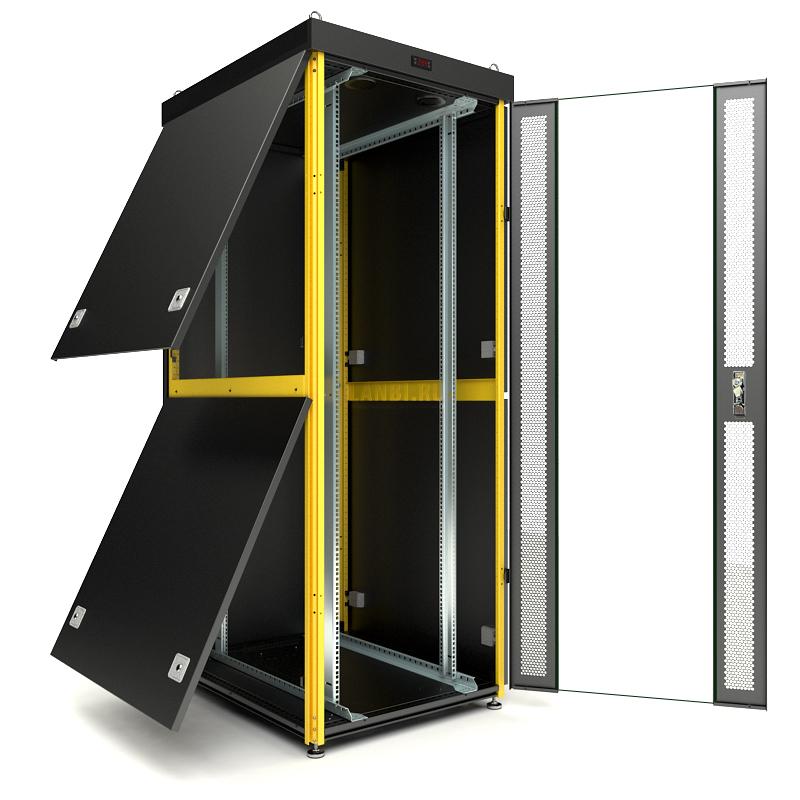
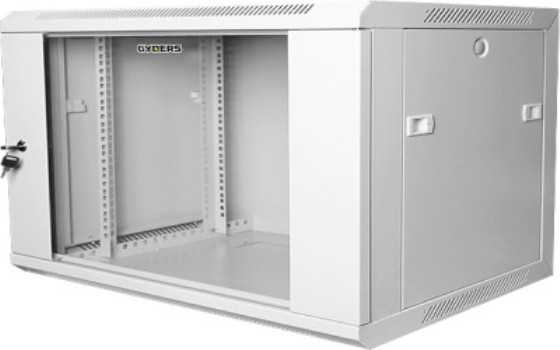
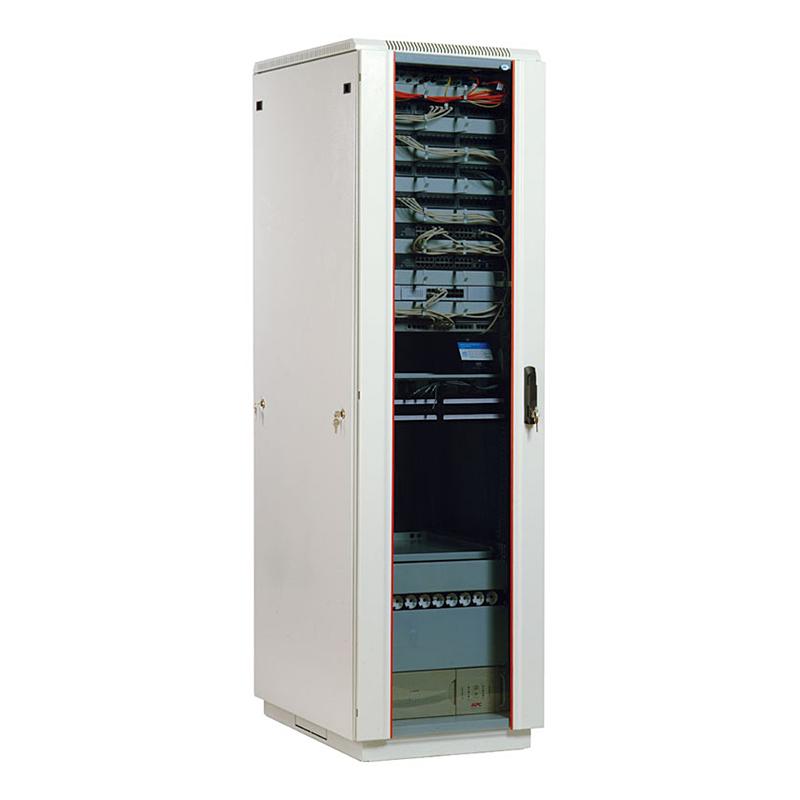
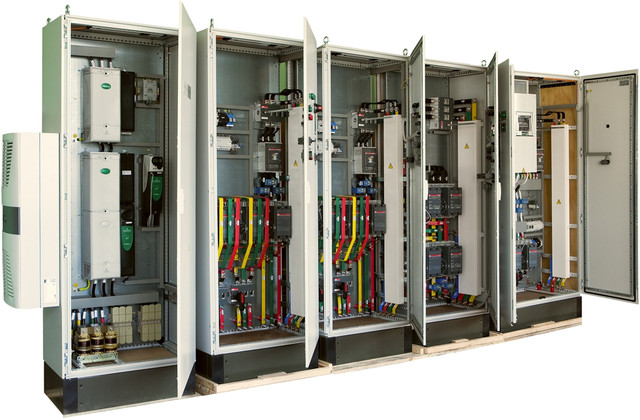

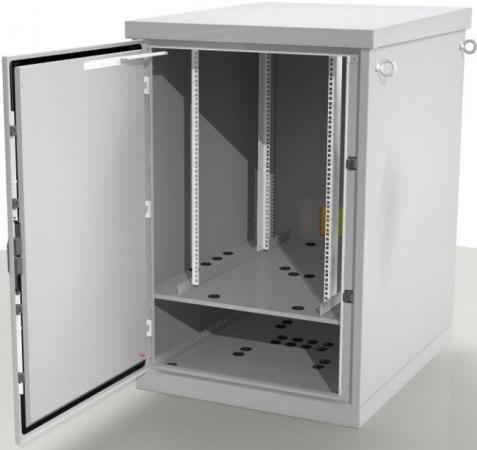
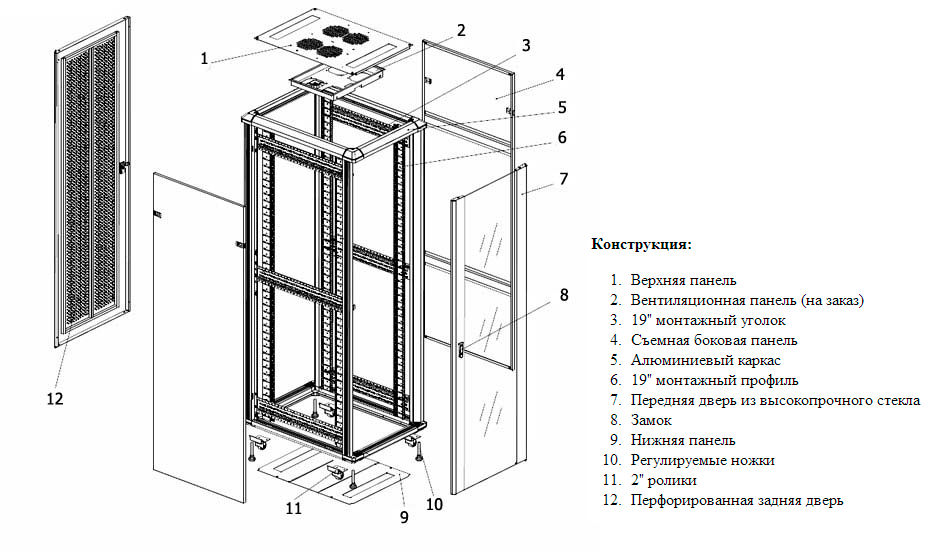
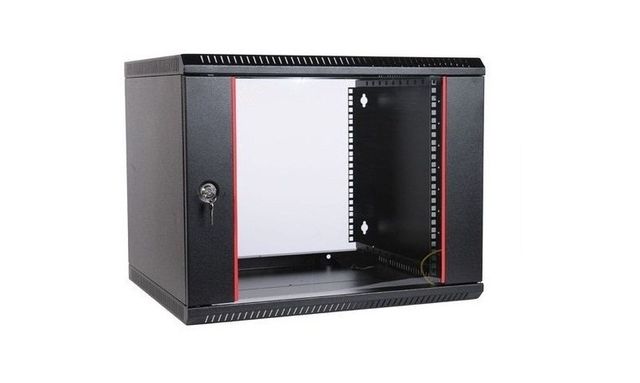
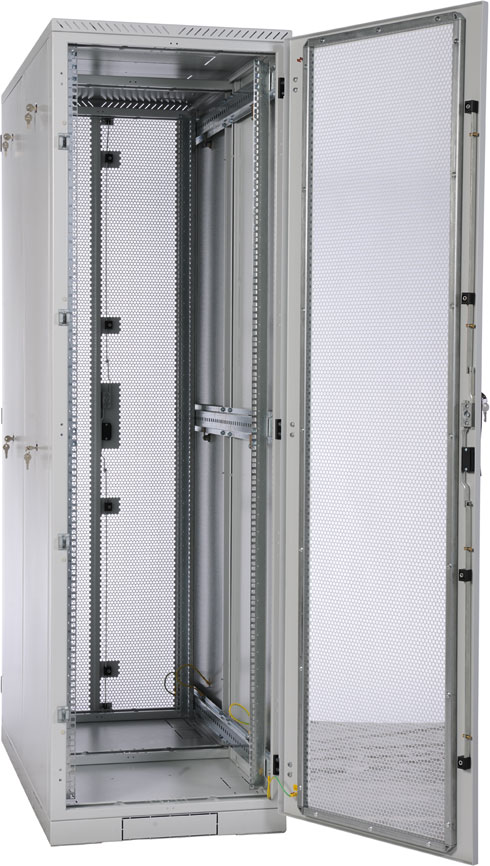

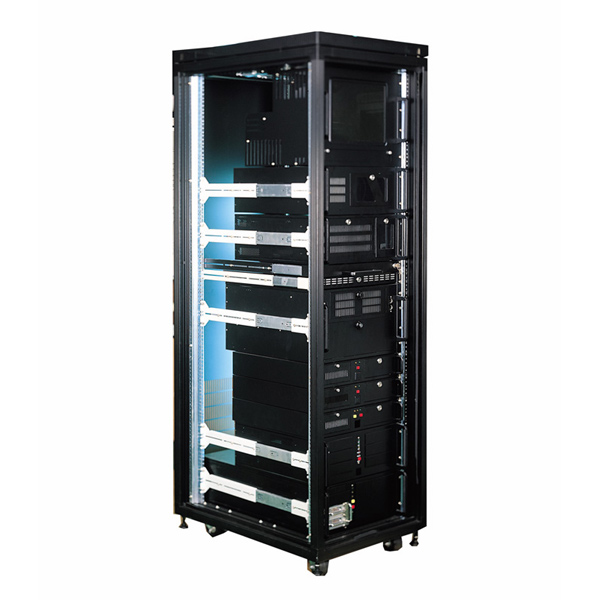

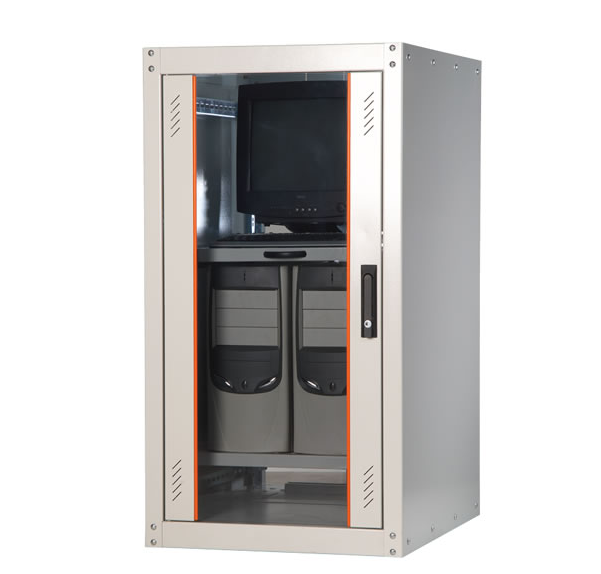
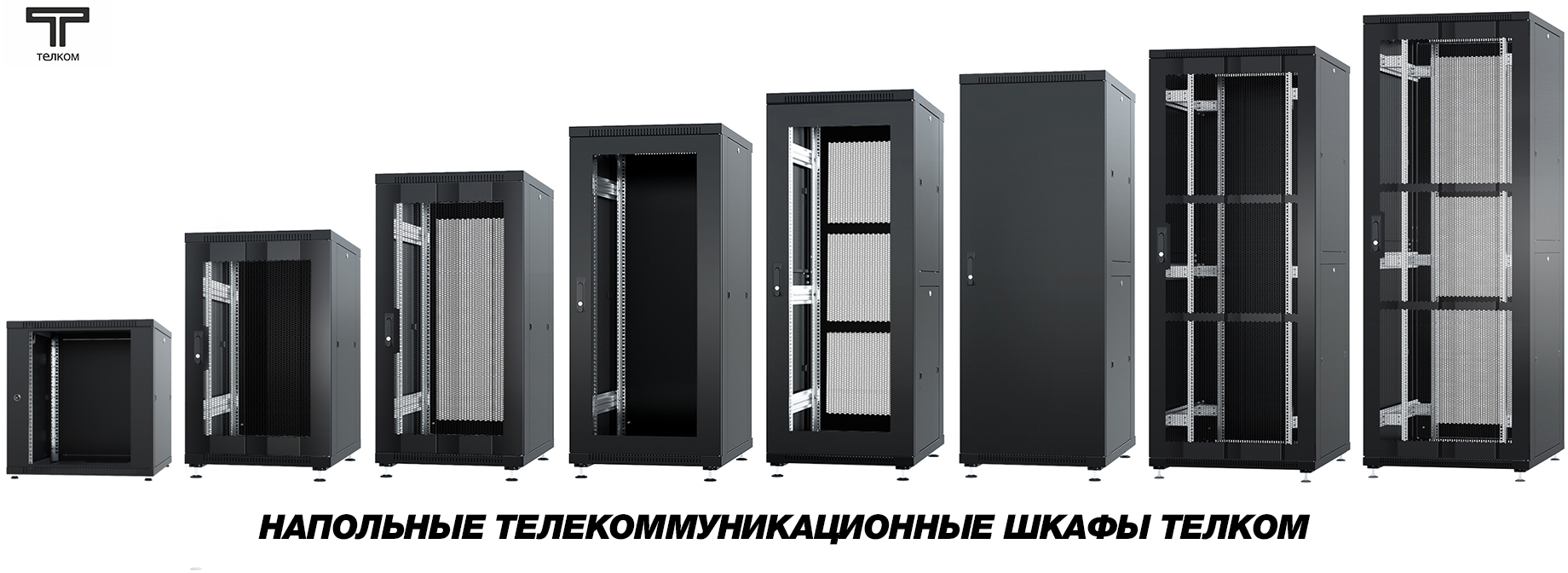
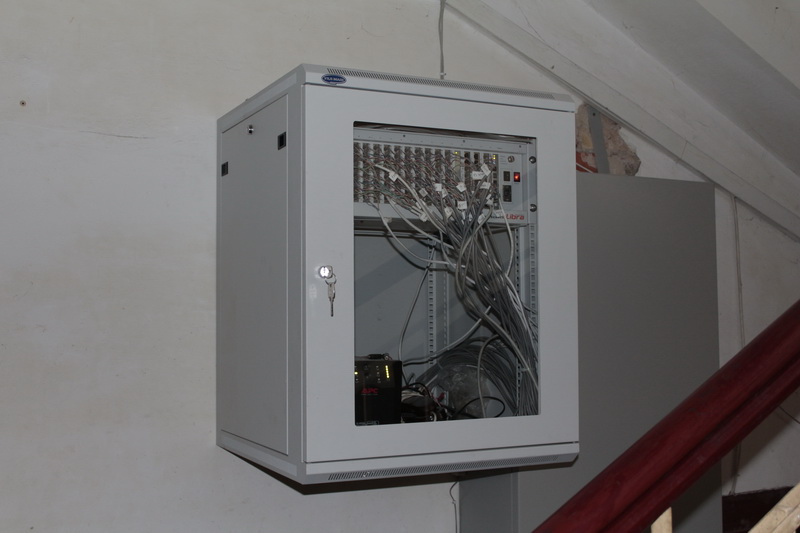

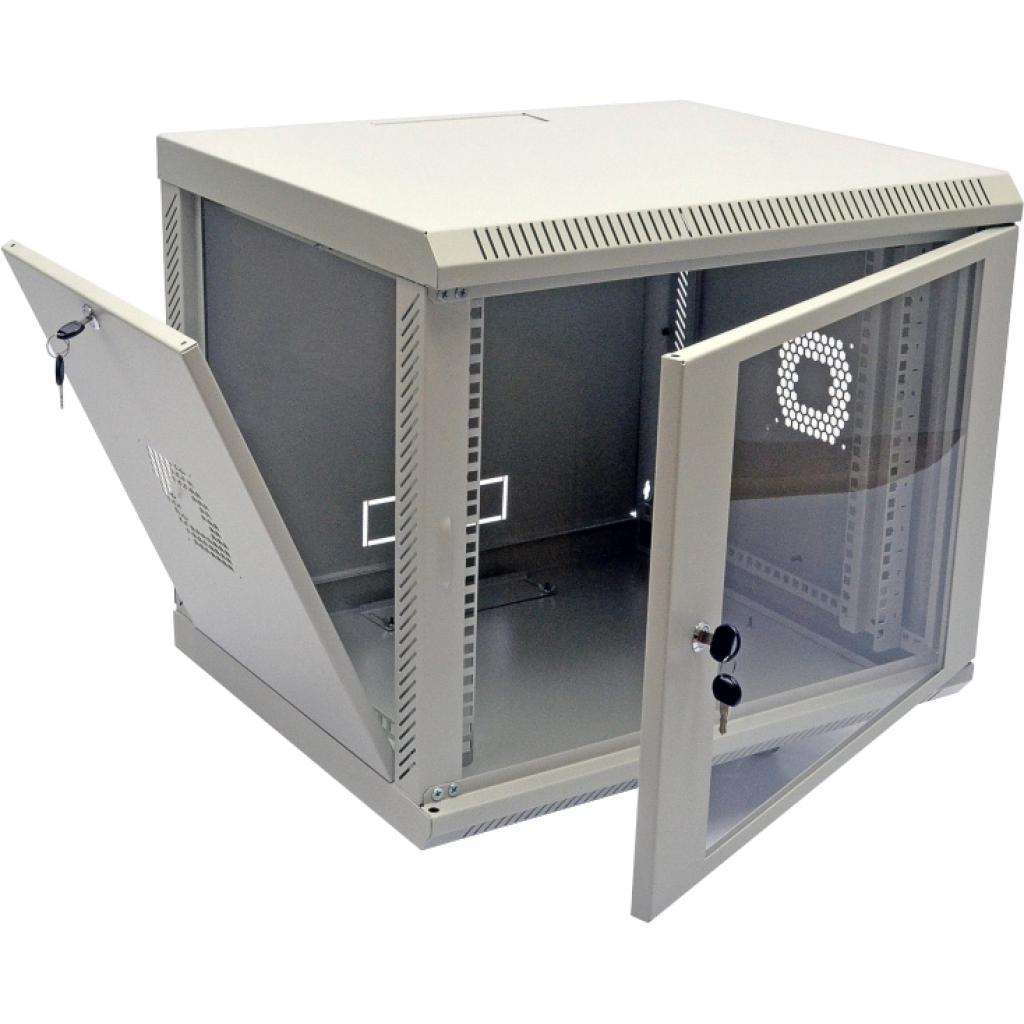
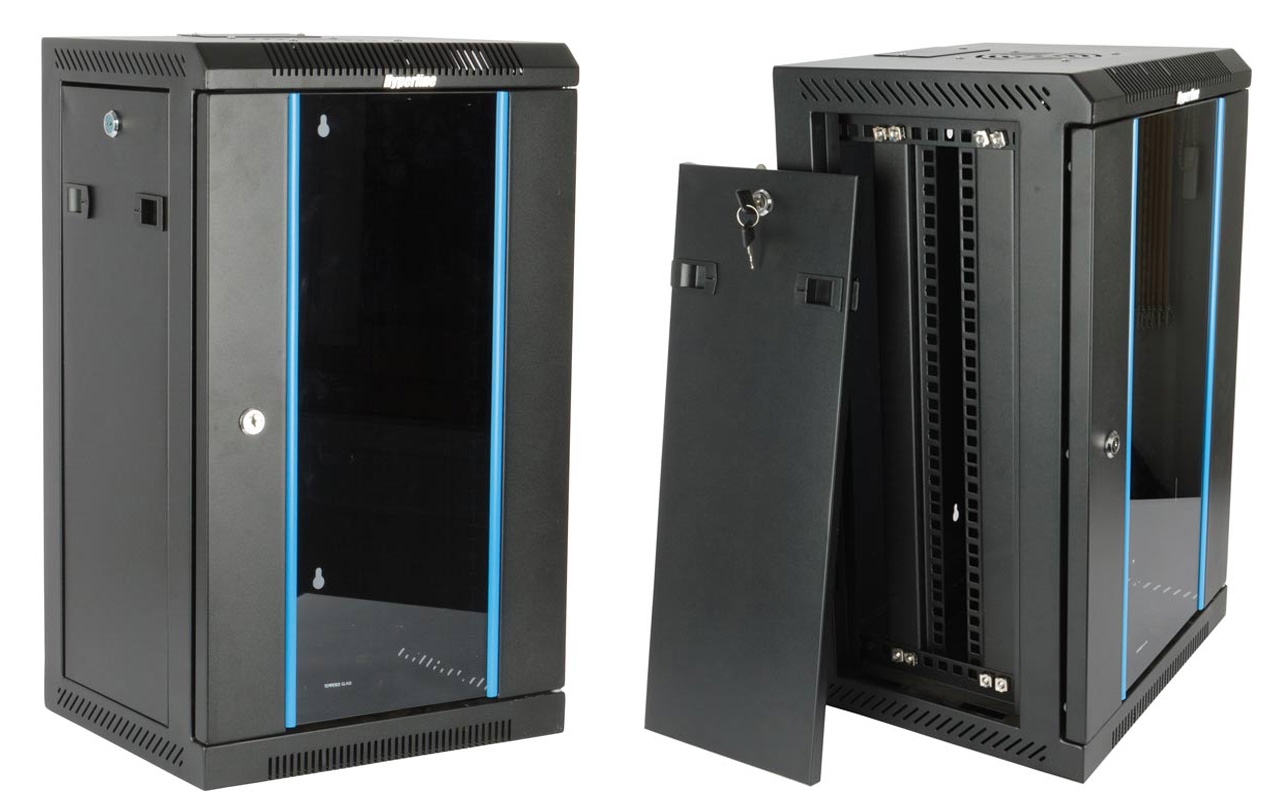
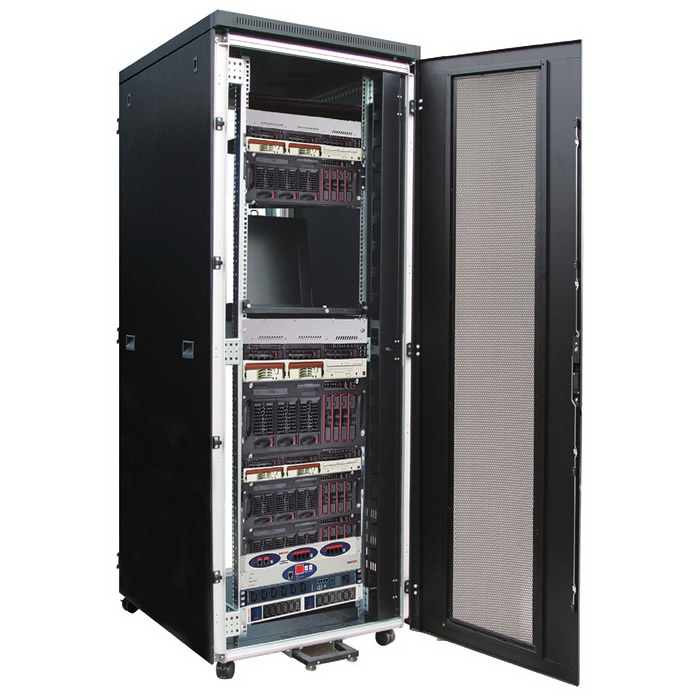
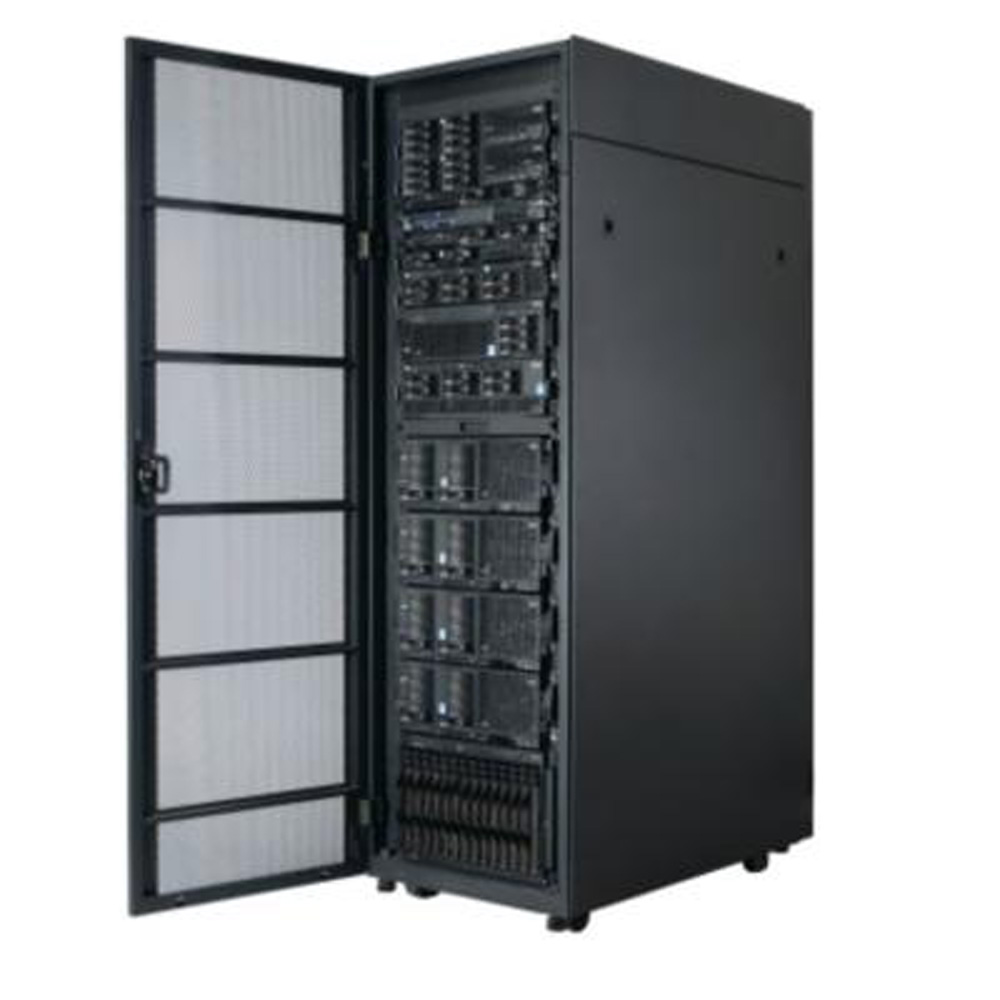
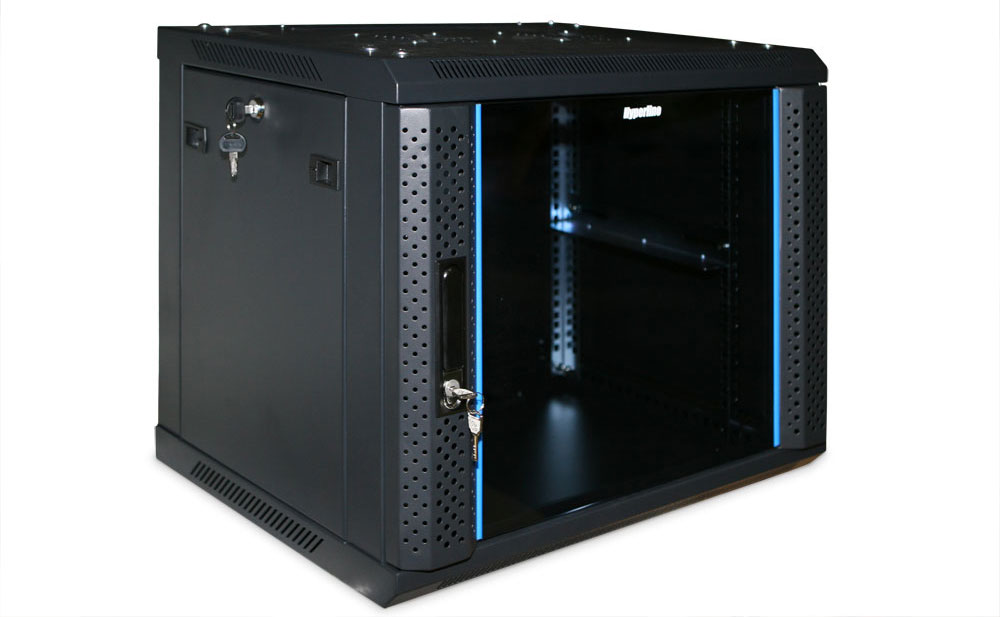
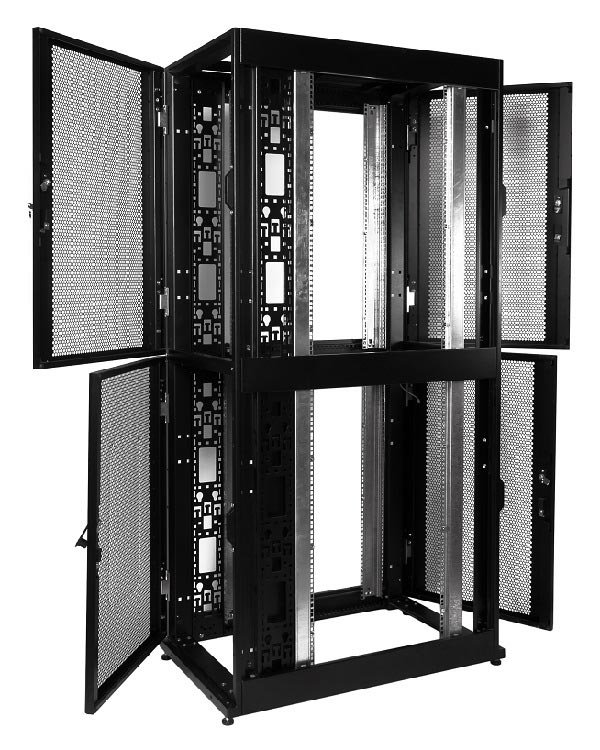

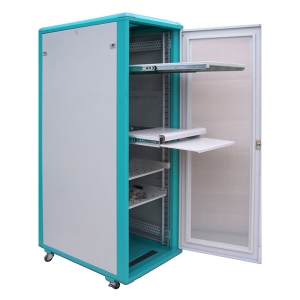
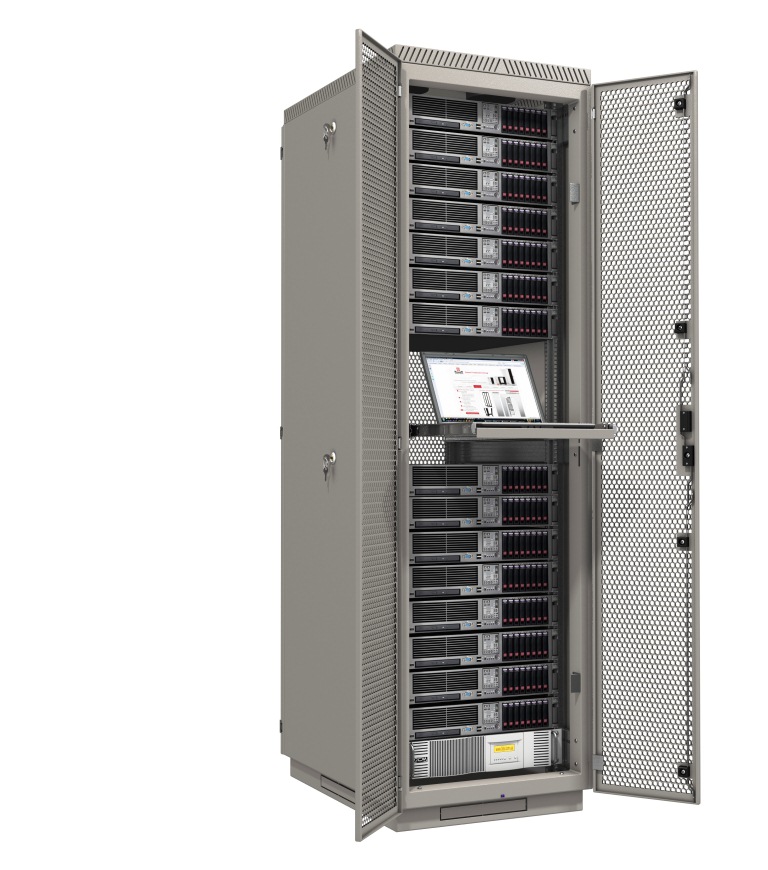
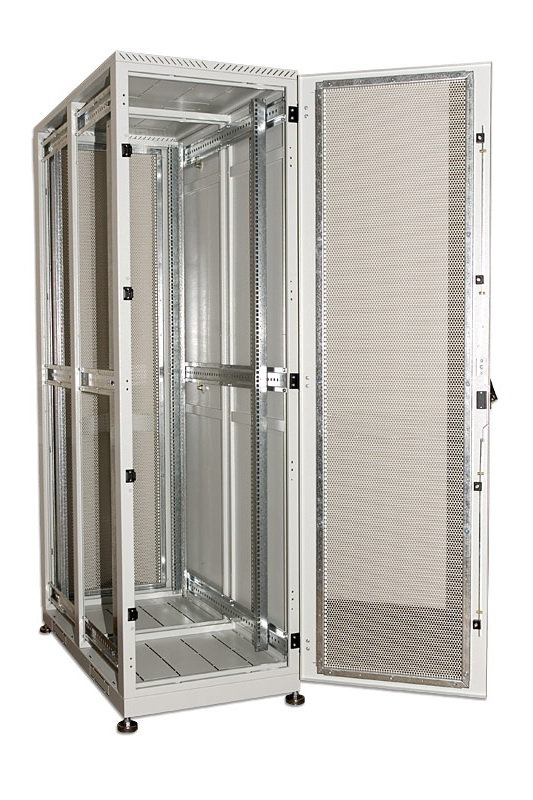
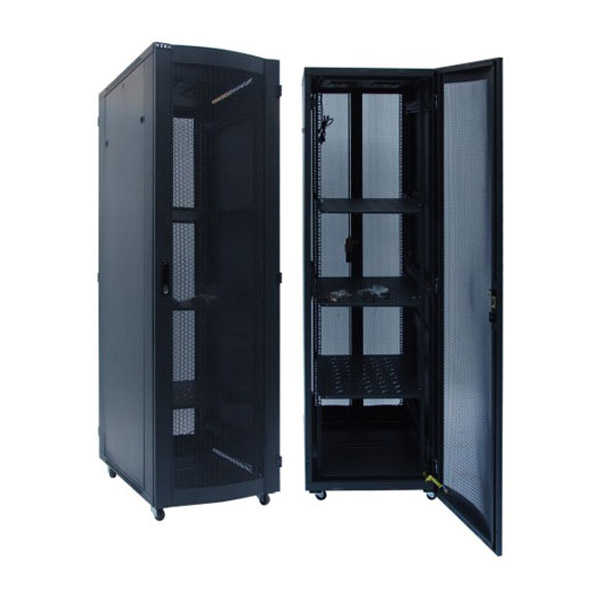
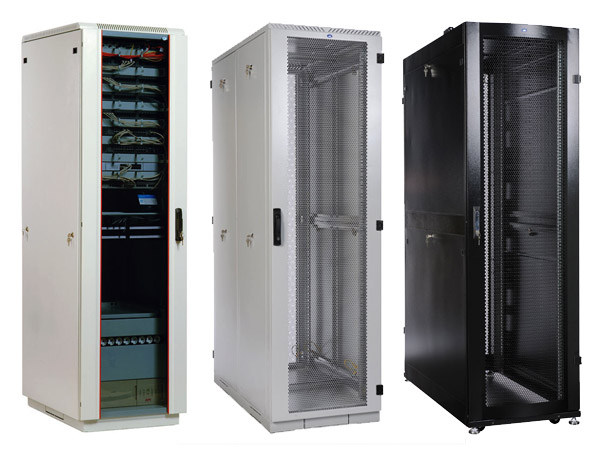
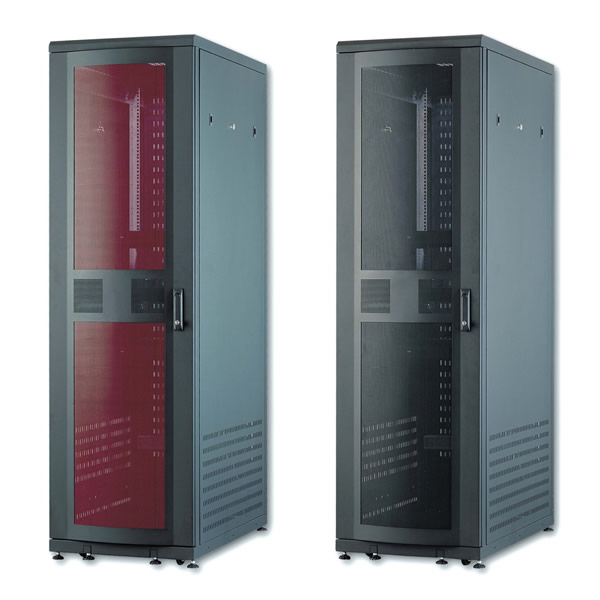
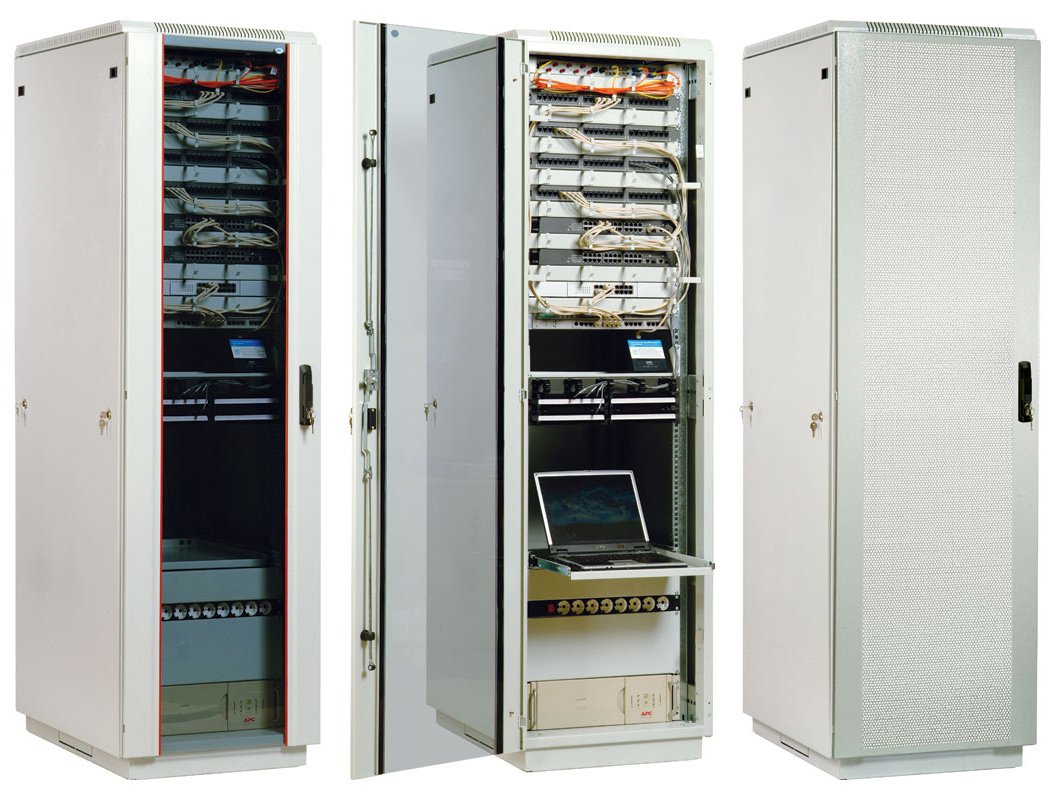


 (votes: 3, average rating: 3,67 out of 5)
(votes: 3, average rating: 3,67 out of 5)